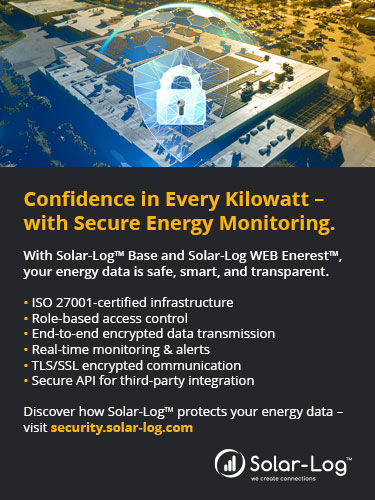News
EU PVSEC 2024 Drives Innovation and Sustainability, Looking Ahead to Bilbao
- Powering the Solar Revolution with Innovation and Sustainability
- Awarding of the Becquerel Prize
- Session Recordings Available Worldwide
- EU PVSEC 2025 in Bilbao, Spain
- ANNEX – Technical Highlights of the Conference
The European Photovoltaic Solar Energy Conference and Exhibition (EU PVSEC) successfully concluded at the ACV Austria Center Vienna, hosting over 1,800 experts from 60 countries between 23–27 September 2024. The event showcased over 1,100 presentations on the latest innovations, reinforcing its status as the premier platform for photovoltaic research and collaboration.
“It has been an honour to help bring together the brightest minds in photovoltaic solar energy in what will undoubtedly be regarded as one of the most forward-thinking and impactful conference programmes of 2024.” remarked Jonas Bergmiller, Managing Director at WIP Renewable Energies.
Powering the Solar Revolution with Innovation and Sustainability
This year’s EU PVSEC reflected the world’s transition to a multi-terawatt PV era. Each day, more PV capacity is installed worldwide than a typical nuclear power plant, producing most of the cheapest electricity available. However, such rapid growth does come with challenges. Throughout the conference, experts explored crucial questions, such as selecting the most appropriate locations for deployment, ensuring increasingly sustainable manufacturing practices, and fostering social acceptance of solar technologies. Silicon solar cells, which remain by far the largest segment of the market in the short and mid-term, continue to demonstrate improvements in efficiency and process simplification, resulting in lower costs. Much research is focused on critical raw material constraints, for example reducing consumption of silver. Meanwhile, perovskite materials continue to attract significant research interest, particularly in tandem cell configurations. The event also highlighted efficiency gains and progress in stability and reliability studies. Sustainability remains a key concern, with ongoing studies on recycling techniques and module design for easier end-of-life recycling.
“I would highlight the need to identify where we should prioritise deployment of large amounts of PV, and we are seeing much hands-on experience of systems in a range of sectors, such as agrivoltaics, BIPV, and floating PV,” commented Dr Robert Kenny, Technical Programme Chair.
Additionally, the integration of PV into energy systems was a major theme of the conference, particularly in regions and countries where PV capacities are leading to high grid penetration rates. Novel approaches to grid integration, storage, sector coupling, and new electricity market designs were discussed as part of efforts to make PV even more accessible and effective.
“When we started designing the scientific programme last fall, our goal was to shape the 41st EU PVSEC around the powerful vision of ‘PV Everywhere.’ Today, I am both thrilled and proud to see how successfully we have brought that vision to life,” said Dr Gabriele Eder, General Chair of the EU PVSEC 2024.
Awarding of the Becquerel Prize
A highlight of the conference was the awarding of the prestigious Alexander Edmond Becquerel Prize to Dr Daniel Lincot. He was honoured for his lifelong commitment to photovoltaic research, his pivotal role in supporting industrialisation, his leadership in research management, and his dedicated efforts in disseminating and promoting solar energy, particularly in France.
Session Recordings Available Worldwide
Recordings of the scientific sessions, Parallel Events, and the Industry Summit will be available online for three months, allowing participants and the global solar community to revisit and access the presented insights.
EU PVSEC 2025 in Bilbao, Spain
Looking ahead, the EU PVSEC 2025 will be held at the BEC Bilbao Exhibition Centre from 22–26 September 2025, promising another key event for the solar sector to drive innovation and sustainability forward.
Background EU PVSEC
The EU PVSEC is the world’s leading forum for PV Research and Development and the biggest Conference on PV Solar Energy.
The scientific programme is coordinated by the European Commission Joint Research Centre.
A banner for the press release can be found here:
EU PVSEC – Banner
For more information contact Stefanie Leanza
Mail: press@wip-munich.de
www.eupvsec.org
ANNEX
Technical Highlights
Silicon solar cells continue to demonstrate efficiency improvements due to ongoing research. Nevertheless, a focus of research is now on silver replacement and CRM reduction (including Si). Process simplification also further supports the these aims, while at the same time reducing manufacturing costs. Silicon bottom cells are the basic building blocks of perovskite-silicon tandem solar cells, and much research is ongoing, including recombination junction assessment and optimization for this application. There is increased interest in silicon cells for space applications due to the deployment of low Earth orbit communication satellite constellations.
Chalcogenides (Kesterite, CIGS) continue to demonstrate increased efficiencies. Perovskites and tandems with perovskites are an increasing area of research. Good progress has been made on tandem and triple-junction devices with perovskite-CIGS tandems (19.9% module), all-perovskite tandems (19.7% flexible tandem module), perovskite-Si tandems, perovskite-perovskite-Si (3V open-circuit voltage), and all-perovskite triple-junction tandems. Outdoor testing of perovskite devices is important to detect failure mechanisms.
The design, manufacturing, and measurement and reliability of photovoltaic modules continues to be one of the larger areas of interest. Module manufacturing is improved through new encapsulants and interconnection techniques. Modules are increasingly being designed to facilitate recycling at their end of life, an important sustainability objective. New technologies, such as perovskite materials, are introducing new challenges in characterisation and standards.
The field of systems and applications of PV is the largest at the conference, demonstrating the raising maturity of the sector. PV systems O&M is increasingly employing non-intrusive methods such as daylight photoluminescence imaging. Machine learning is being used to monitor the performance. The wide range of applications of PV is rapidly developing, such as for agrivoltaics, with numerous studies looking at system performance and also the impact on crop yield – which can also be positive in arid climates. Floating PV, for example on reservoirs or onshore, is being field-tested and showing great potential. In BIPV, a lot of work is looking into improving the integrating custom elements, such as coloured modules.
An important objective is the achievement of a fully circular economy, and recycling techniques and several schemes for module recycling are being studied. The integration of PV into energy systems is a major theme. Novel approaches to grid integration, storage and new electricity market designs were presented. The social dimension is increasingly being studied to understand the needs and demands of society and also to evaluate the social acceptance of PV.
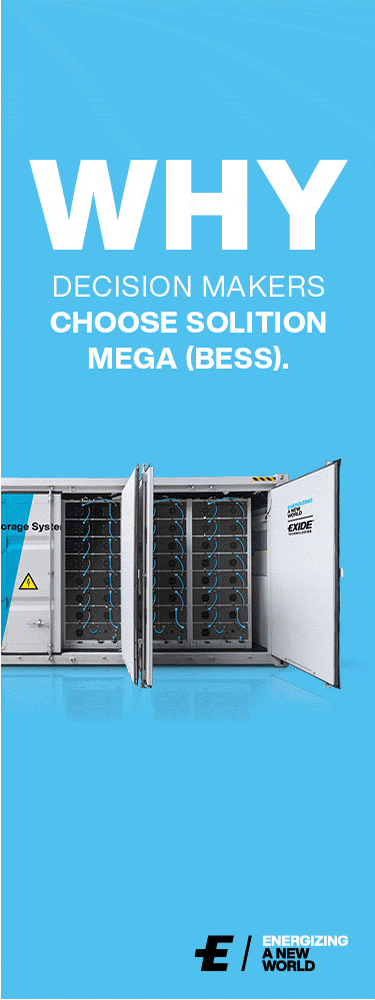
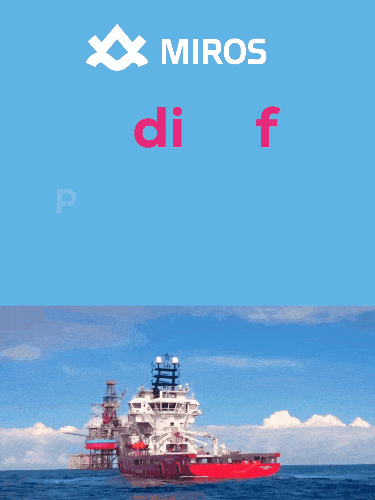
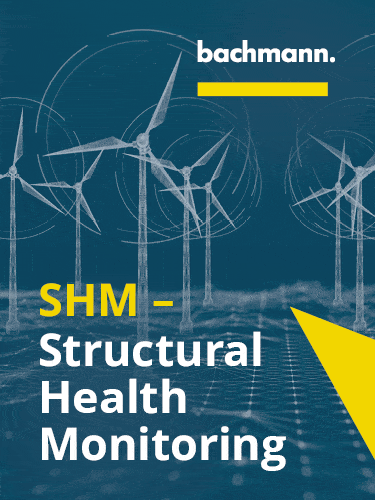

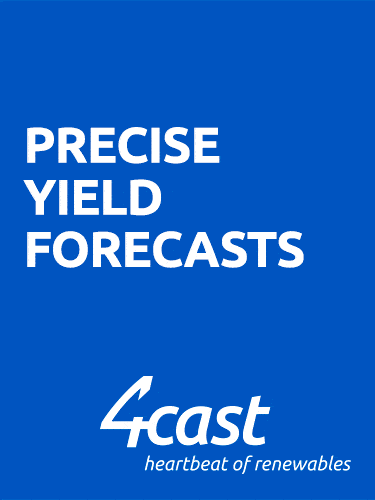
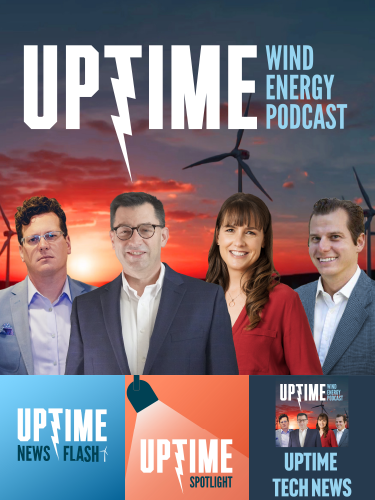
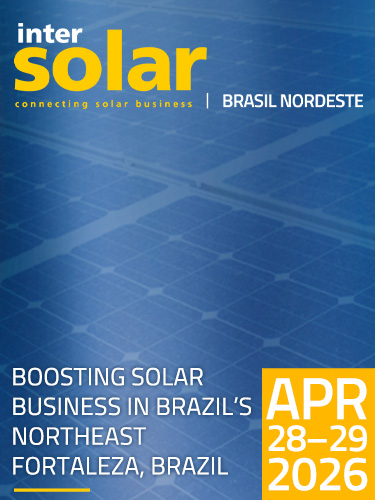

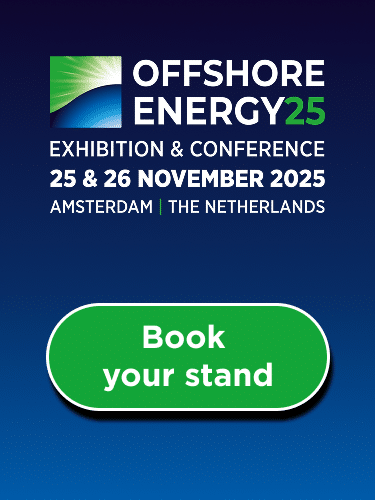

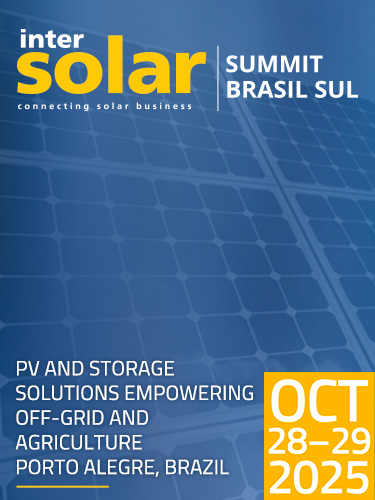
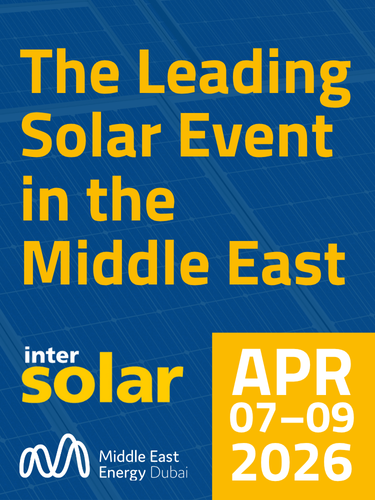

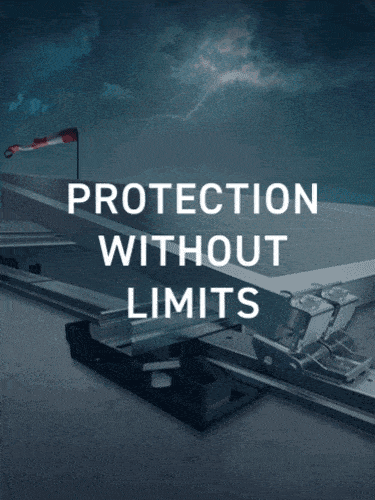

.gif)


